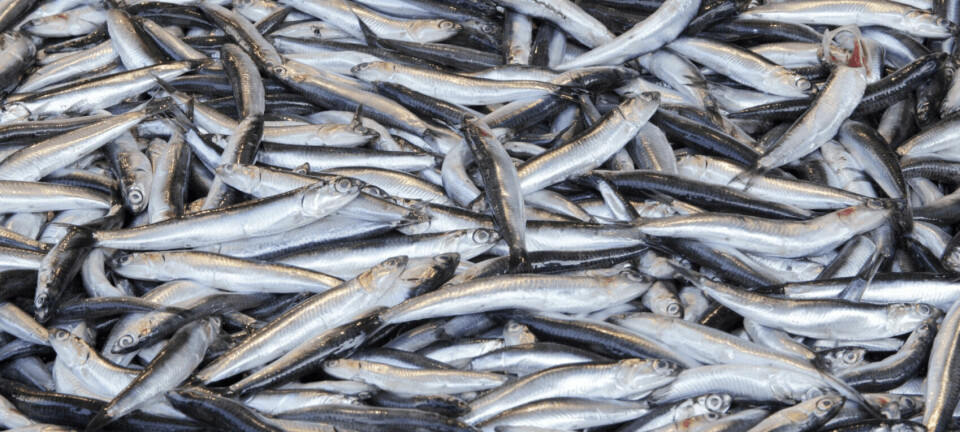
Fatty acids in salmon diet ‘change cell metabolism’
A study by Norwegian scientists has shown that fat storage cells in salmon release the fat in different ways depending on what type of fat has been stored.
Salmon feed uses more plant ingredients such as soy and fewer marine ingredients than in the past. In 2000, around 30% of the fat in salmon feed came from the sea, whereas by 2016 that figure had fallen to 10%.
Researchers from Nofima wanted to know what the change in diet does to the turnover of fat, and whether the fat source affected the fish’s ability to mobilise energy from the fat store when it doesn’t have access to food. In farmed fish, this can occur in connection with spawning, when a fish is sick and before it is harvested.
Radio-labelled tracer
The scientists took cells from live fish and placed them in cultures enriched by various fatty acids. They were able to follow the secretion of fat in the cells with radio-labelled tracer.
The fatty acids with which the cell cultures were enriched are:
- The polyunsaturated marine fatty acid EPA, of which there is less in feed than before.
- A typical vegetable fatty acid (oleic acid), of which there is more in feed than before.
- A saturated fatty acid (palm acid), of which there is a part in both fish oil and vegetable oil.
Adipose tissue
A new finding from the study is that the adipose tissue of salmon responds to fasting more or less the way the adipose tissue in humans reacts. The amount of fatty acid in the cells affects how much of the hormone leptin the cell secretes. Leptin is a hormone that controls the feeling of satiety.
When salmon during maturation need to move nutrients from adipose tissue to germ cells, the fat is transported in the form of so-called phospholipids, cholesterol esters and triglycerides in the bloodstream. Previously, it was believed to be carried around as free fatty acids.
An open access article, Lipid Deposition and Mobilisation in Atlantic Salmon Adipocytes, describes the study in full and is published in the International Journal of Molecular Sciences.
Model for man
“Most of the research in the journal there is most research on man, but I think salmon is increasingly being considered as a possible model for man,” said Nofima researcher Marta Bou Mira, lead author of the paper.
Mira has has co-authored the article with research colleagues at Nofima, Zhejiang University in China, the Oxford Centre for Diabetes at the University of Oxford, UK, and AquaGen in Norway.
Potential modulators
In their conclusion, the authors say that overall, the in vitro study highlights the role of fatty acids as potential modulators of Atlantic salmon adiposity and demonstrates that single fatty acids possess different metabolic signalling capacities in Atlantic salmon adipocytes.
“Further studies are required in order to fully understand how changes in the lipid composition of adipocytes affects fish physiology and health, particularly in moments where the fish stop eating, such as during spawning or during an outbreak of certain diseases,” they write.
“In these situations, the capacity to recruit lipids from adipocytes would be essential for reproduction success and health recovery after disease.”




















































